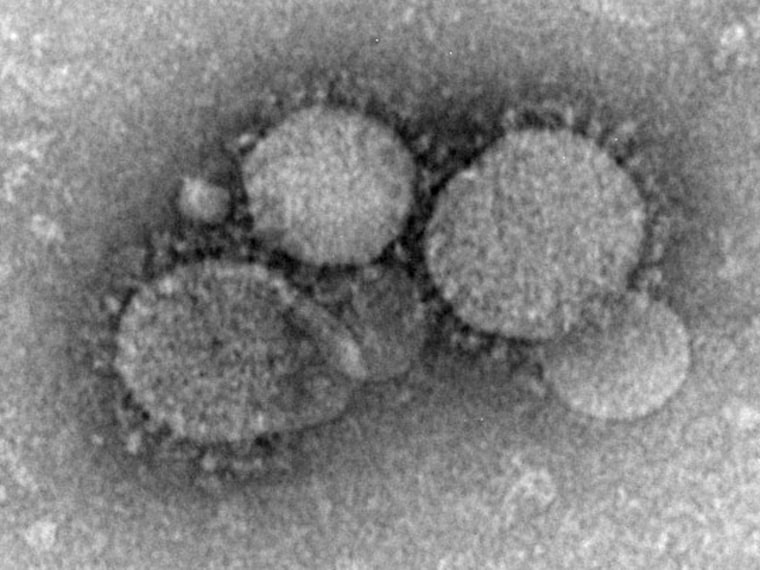Every virus needs a catchy name, and now the new coronavirus linked to the Middle East that has infected 40 people and killed half of them has one: Middle East Respiratory Syndrome Coronavirus or (MERS-CoV).
Various scientists have been calling it MERS, but the Coronavirus Study Group, which groups experts from around the world, made it official on Thursday.
“This name is endorsed by the discoverers of the virus and other researchers that pioneered MERS-CoV studies, by the World Health Organization and by the Saudi Ministry of Health. We strongly recommend the use of this name in scientific and other communications,” the group, led by Raoul de Groot of Utrecht University in the Netherlands, wrote in the Journal of Virology.
The issue of naming viruses can be touchy. Usually, countries don’t want their names associated with diseases, and often geographical regions don’t either. That’s why names such as the “Hong Kong flu” aren’t used any more -- now influenza viruses carry genetic names such as H1N1 or H7N9.
The MERS coronavirus is clearly linked to the Middle East, however. All patients have either been in, or have traveled to, Jordan, Qatar or Saudi Arabia -- or they have been infected by travelers from those countries. Cases have been seen in France, Germany and Britain.
Researchers worried about what to name SARS when it broke out in 2003. It was first seen in China, but the World Health Organization finally settled on the name severe acute respiratory syndrome, or SARS. At the time it was named, expert had not yet figured out precisely what type of virus it was.
The new MERS virus is a distant cousin of SARS. Coronaviruses are a big family and they usually cause common cold-like symptoms in people. MERS appears to have come from bats, de Groot’s group reports.
“The novel coronavirus seems most closely related to as yet unclassified viruses from insectivorous European and African bats in the Vespertilionidae and Nycteridae families, respectively,” they write. It’s unlikely most patients were directly infected by bats, however, the Coronavirus Study Group said. Bats have probably infected some other animal, which in turn is infecting humans, they said.
But the virus can transmit from person to person, especially in hospitals, and that worries health officials. SARS spread easily in hospitals when it flashed around the world, infecting close to 8,000 people and killing 775 of them, before it was stopped.
There’s no vaccine against MERS and antiviral drugs don’t appear to be of much use against it, either. The Centers for Disease Control and Prevention has told U.S. hospitals to take strict precautions if someone shows up with symptoms and has recently traveled to the Middle East. Health care workers in contact with such patients should wear special face masks, gloves and gowns and follow other protocols to protect themselves and other patients.
The World Health Organization says there are more questions than answers about MERS. “We know this virus has infected people since 2012, but we don't know where this virus lives,” WHO says in a statement on its website.
“We know that when people get infected, many of them develop severe pneumonia. What we don't know is how often people might develop mild disease. We also know that most of the persons who have been infected so far have been older men, often with other medical conditions. We are not sure why we are seeing this pattern and if it will change over time,” WHO added.
“The greatest global concern, however, is about the potential for this new virus to spread.”
Related:
